TRANSFORM YOUR TEAM'S SEASON WITH PROFESSIONALLY PLANNED SESSIONS
Use our expert plans or build your own using our library of over 700+ drills, and easy-to-use tools.
JOIN NOW
You have 2 basic options 1. If your keeper can kick accurately over distance and you have midfielders/strikers who are good in the air and have a good first touch then a long ball is a good option to quickly put the game into the oppostion's half. 2. If your defenders are mobile and comfortable on the ball then feeding the ball to a defender's feet (typically a full back) is a good way to gain clean possession. The possession will be in your own half so all defenders and midfielders need to be mobile and make them self available to recieve the ball from the player receiving from the keeper. Option 1 is less likely to gain you clean possession but is less risky and gives you the chance of quick territorial adavantage. Option 2 is riskier because any mistakes made could lead to a goal scoring opportunity for the other team, but if your players are capable it means you can retain clean possesion and work the ball forward. For option 2, teach your defenders to push forward and drag their opponent with them and then check back quickly to take the ball from the keeper in space.
Assuming we're talking about youngsters, I would always opt for the situation where you play a short ball to your defenders. The reasons for this is that it's a) a more positive approach to football (i.e. keeping possession and playing football, which is good for youngsters; they learn more by being in possession), b) when executed correctly, it is likely to yield better results and c) the long ball option can lead to decisive breaks by the opposition (and goals) but it won't lead to breaks for you. After all, the opposition is waiting for your ball and ready to defend. Executed correctly, normally your centre backs will be looking to take up positions around the corners of the 18-yard area. This will break up the striker(s) who then have to decide and they won't each pick a centre back. The wing backs take up a slightly higher position and create a little bit of width. This doesn't mean they should get the ball; they have fewer options for a good pass than the centre backs. They merely create space for midfield and defence to pass. Last but not least, it's almost an unwritten rule that many a centre back has a better long ball than the goalie. Besides, he could use his position on the pitch to his advantage, should he wish to play a long ball. He will find himself on one end of the pitch, which means the entire play switches with him, leaving space on the far wing. This will not happen on a goal kick.
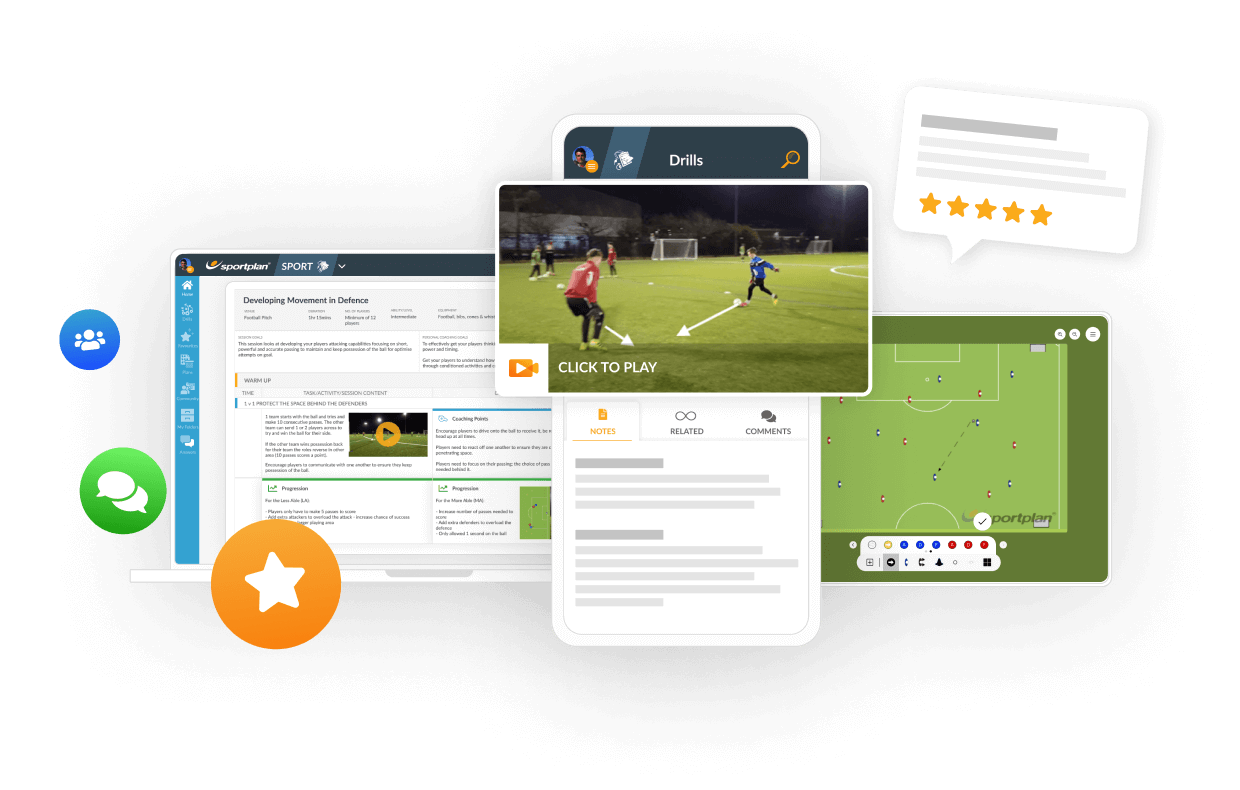
in more ways than one


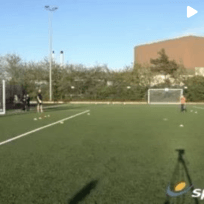
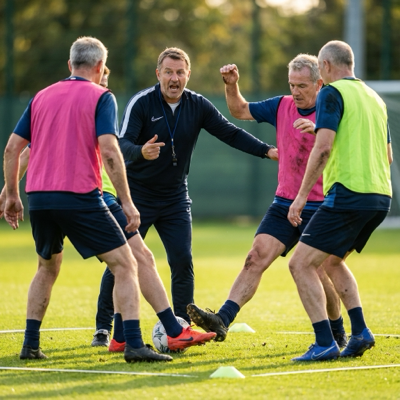
Possession without purpose is pointless. These drills combine ball retention with physical conditioning to create teams that dominate and outlast opponents.
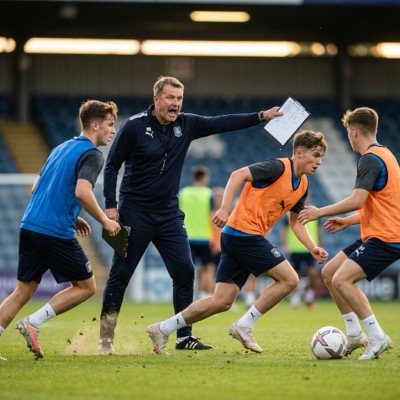
Teams have just 6 seconds to exploit a turnover before defences reorganise. Learn how to train your players to attack with speed and purpose.
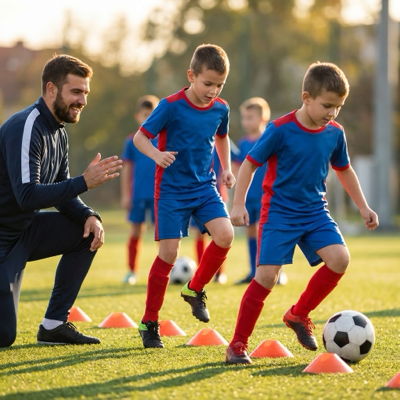
The U10 age group is the golden window for developing ball mastery. Miss it, and you're playing catch-up forever. Here's how to get it right.
Use our expert plans or build your own using our library of over 700+ drills, and easy-to-use tools.
JOIN NOW